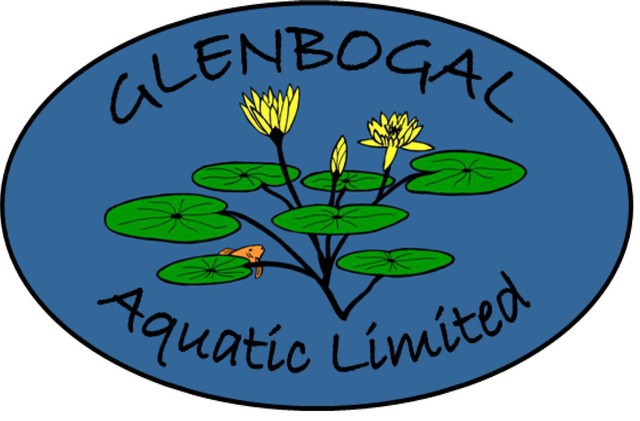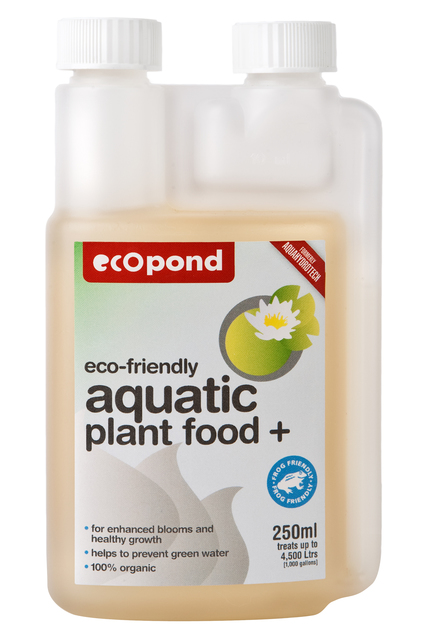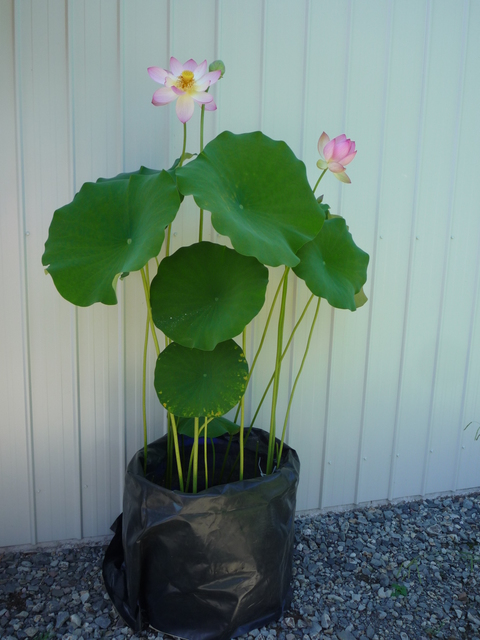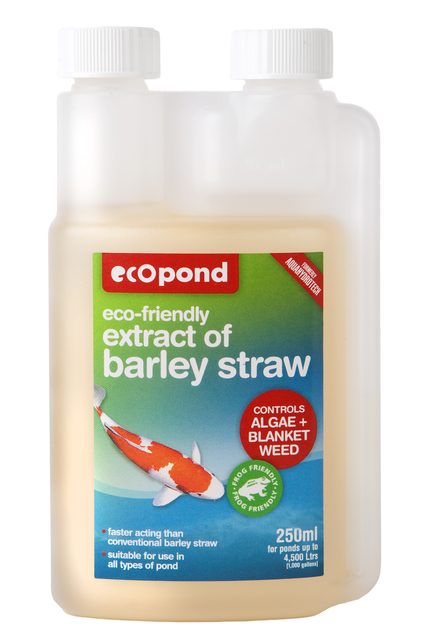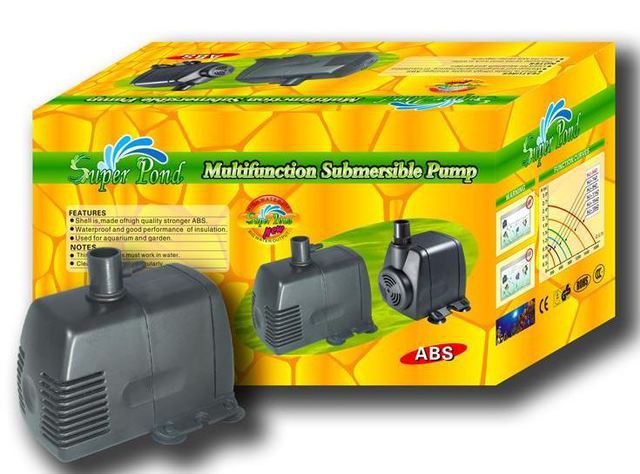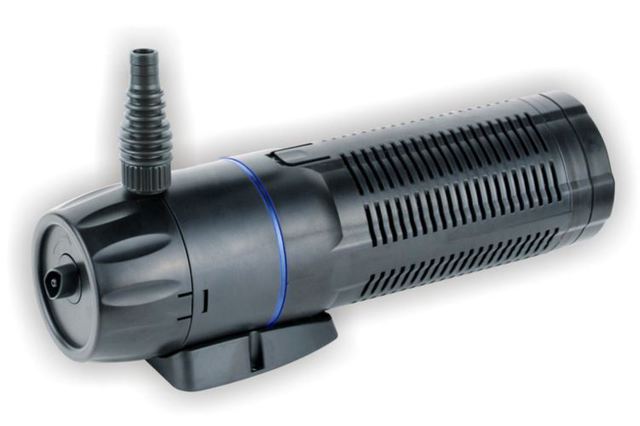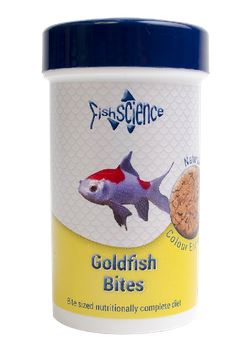August Newsletter
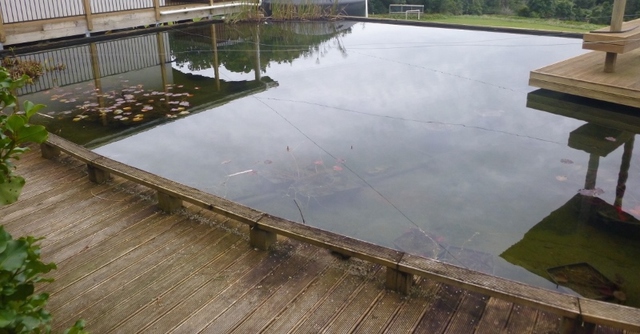
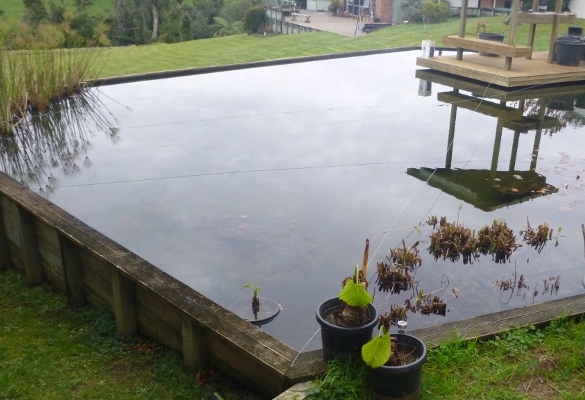
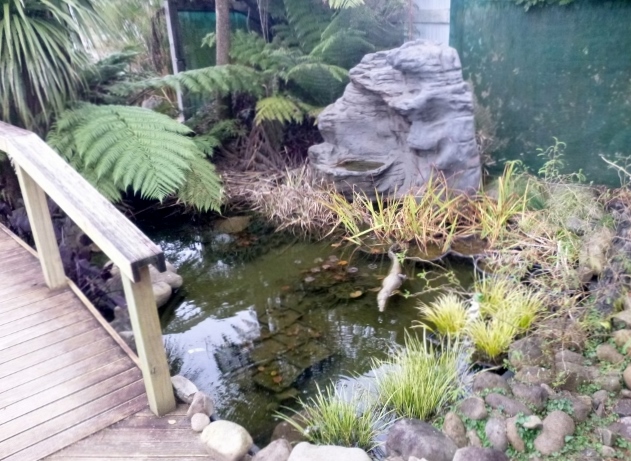
GLENBOGAL AQUATIC - AUGUST NEWSLETTER
August is the first of the new season months to start considering important tasks and maintenance required on your pond. Even our 75,000 litre pond doesn’t look great this time of year.
Below is a list of suggested jobs that will help keep your water garden looking great throughout the coming months. Some of these jobs can be left until September, however certain problems can occur with others if not attended to by the end of the month!
For your convenience all suggestions listed with A) = August, I would recommend completing sooner rather than later. I will do my best to explain why as we go further into each task.
A/S) = August/September completion dates.
Removal of winter debris
A) = August
Following autumn leaf fall, wind, and the natural dieback of water plants most ponds are full of organic waste. Removing as much of this material as possible is highly recommended. Use a net, pond vacuum, siphon or should your pond be heavily loaded with waste a complete pond drain would be recommended.
Ideally, the sooner the better. As plants start their early season growth damage from vigorous nets and vacuuming can set this growth back.
The more debris that is left to decompose in the pond, the more nutrient is available for the growth of spring algae and blanket-weed.
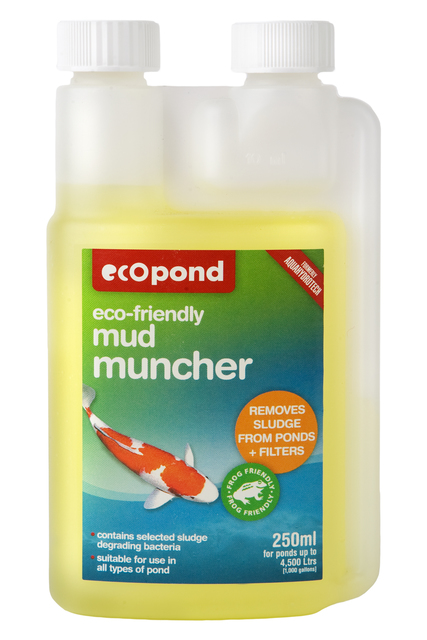
Ecopond Mud Muncher will help with the breakdown of extra organic debris remaining in the pond
(See Mud Muncher for further details)
Re-potting Water lilies
A/S) = August/September
Division and root bound care for hardy water lilies is not the most inspiring job. It pays big results in the summer months if done early. The least amount of disruption to the plant before the consistent spring growth makes for great results.
Check the main menu on www.glenbogal.co.nz for ‘Plant & Pond Care – Care of Water lilies” for a pictorial view.
Fertilising should wait until solid growth is showing from the plant. This can vary from mid-August to late September depending on where you live in New Zealand and what mother-nature wishes!
If you fertilise too early with tablet or spikes and the plant is not growing, you risk leaching nutrient into the water.
If you want to feed waterlilies and plants without fear of leaching use Ecopond Plant Food “Plus”. This product only contains micro nutrients that provide food for the water lily or aquatic plants and will not feed algae. The Aquatic Plant Food “Plus” also includes Extract of Barley Straw to inhibit algae growth.
Lotus division = A)
Lotus plants may require re-potting depending on how long they have been in the same container, and how big the pot/container the lotus plant has been growing in.
I have found, with my lotus in the nursery, it is critical to divide and re-pot by August at the latest as the new season shoots are really starting to grow.
These new tips are extremely delicate and can damage easily, so waiting any longer increases risks to plant survival.
As lotus tubers are hollow, tips that are broken can allow water into the main plant tuber. This can potentially rot this tuber.
Included this year in the Glenbogal Aquatic website, Plant & Pond care page, are instructions and photos of how to re-pot lotus. Good luck!
Water treatment addition = A)
The two products most commonly suggested and used in our pond are Ecopond Extract of Barley Straw and Ecopond Mud muncher.
These products are completely natural, eco-friendly and safe with all pond plants and animals. They cannot be overdosed.
It is recommended to use them as water temperature reaches 10 degrees Celsius, this can be a little hard to check without a reliable thermometer so I suggest mid to late August as a guide.
Extract of Barley straw (EBS) naturally balances the chemistry of pond water. This product requires weekly dosing throughout the season. Missing weeks will limit its effectiveness.
If dosed early in the season, most large outbreaks of algae are generally prevented.
Weekly dosages are small (25ml per 4500 litres of pond water) and very cost effective.
Extract of Barley Straw is available in bottles from 250ml-25 litres. Contact us for your closest retail supplier in your area.
 Mud Muncher uses selected strains of naturally occurring healthy bacteria to break down (compost) organic waste product in ponds. This speeds up the ponds normal processes and helps remove a lot of waste that would otherwise clog pumps and filters and also limits nutrients (food) that feed algae.
Mud Muncher uses selected strains of naturally occurring healthy bacteria to break down (compost) organic waste product in ponds. This speeds up the ponds normal processes and helps remove a lot of waste that would otherwise clog pumps and filters and also limits nutrients (food) that feed algae.
Weekly dosing is highly recommended from August to help keep on top of early season sludge and algae blooms.
Pump and filter maintenance
A/S) = August or September
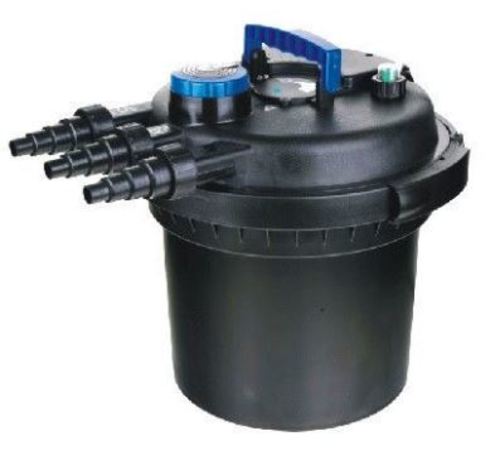
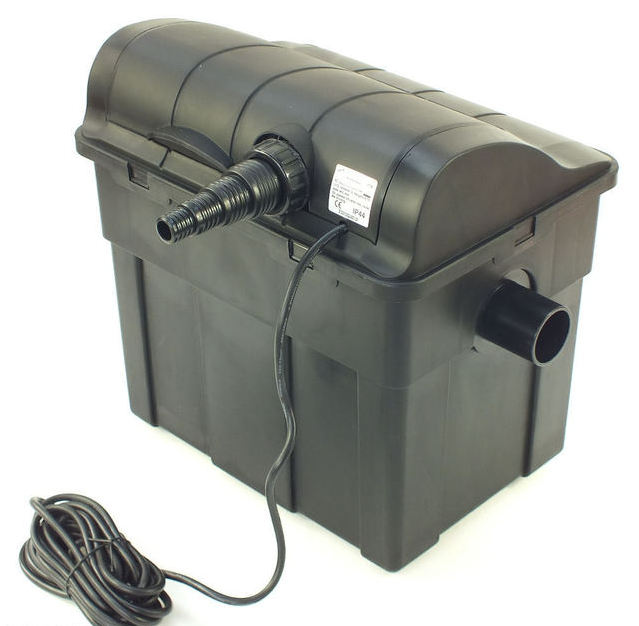
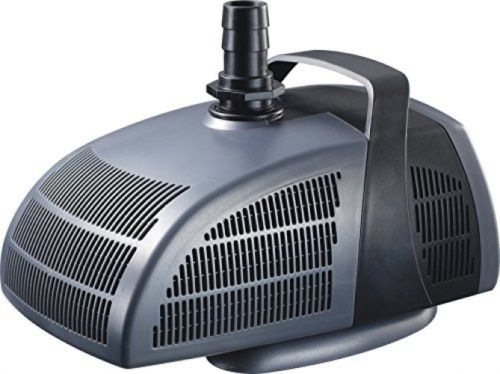
Most damage, I have seen on pond pumps and filters over the last 26 years, is due to limited or no maintenance on equipment.
After a long winter it's highly advisable to remove your pump's impellor and give it a clean.
Depending on the brand this normally requires an outer casing removal and then an anti-clockwise twist of the impellor cover to expose the impellor.
Impellors are either mounted on a fixed shaft or a shaft with rubber boots. They come in a variety of sizes and shapes. They are a very simple design so do not be afraid to roll your sleeves up.
The main points are listed below to help you with maintaining pond pumps
1. Don't force the process. Pumps should come apart without too much pressure, generally if it won't, it might have a hidden screw holding the part in place. However depending on the brand, if you are unsure, email a brand name, model number and photo if possible and I may be able to help.
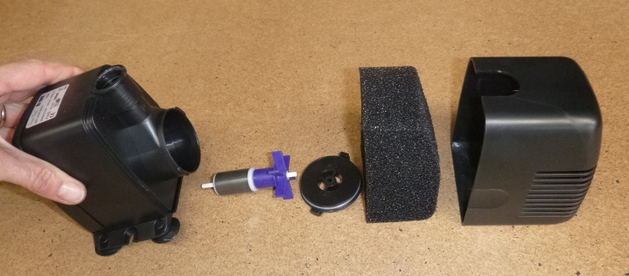
2. Impellor shafts, are made of either ceramic or stainless steel. Each style have an advantage over the other.
- Stainless are extremely hard to break so can be “man handled”, they do however wear if not maintained or run in very dirty conditions.
- Ceramic are very brittle so care must be taken not to twist or drop as they will crack! They do not wear out like stainless so can last superior periods in dirty ponds.
In short, I highly recommend pulling your pump apart over a bucket or in a sink (with the plug in) as impellor shafts, rubber boots and small washers can easily get lost in or around a pond.
3. Pre-filters and casings
Do not go to the effort of servicing your pump and not check the case, inlet hoses and pre filters. If the casing, hoses or pre filters are clogged, clean them!
4. Lastly, mount your pump on a slightly raised area at the lowest part of the pond. For example, on a clay brick 50mm above the bottom, this will keep the worst of the large debris from settling on the pump which will increase the maintenance required.
Pressure filters and box filter cleaning.
The two main parts of pond filters besides the UV clarifier that need care are:

- Mechanical filters like sponges, brushes and mats. These are different grades and thicknesses that collect solid debris from the pond. These should be washable and reusable. Just clean by using the garden hose at pressure with NO soaps or chemicals.
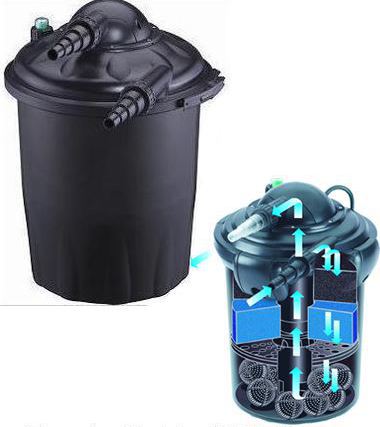
We carry spare sponges and filter mats for all our pond filters if new ones are required.
- Biological media including, plastic balls, ceramic noodles, scoria and sintered glass are all commonly used products for biological filters.
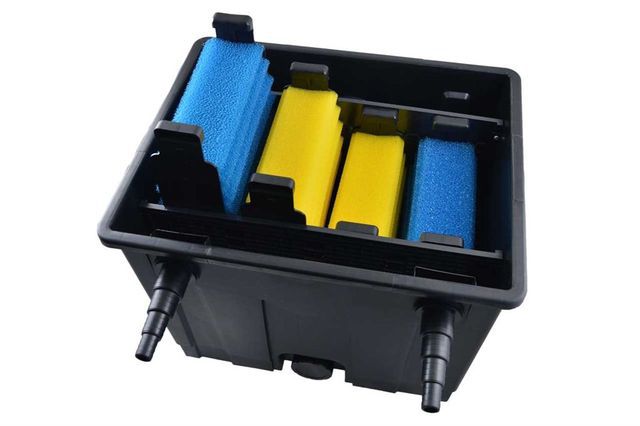 Biological filters use healthy bacteria to break down pollutants produced by goldfish and vegetation in the pond. These bacteria live in and on the bio-medias. Cleaning these products should be done with care as you do want to disrupt as little of the healthy organisms as possible.
Biological filters use healthy bacteria to break down pollutants produced by goldfish and vegetation in the pond. These bacteria live in and on the bio-medias. Cleaning these products should be done with care as you do want to disrupt as little of the healthy organisms as possible.
Wash the bio media in a bucket of water from the pond, only swirling and shaking the worst of the solid waste off it. The reason I suggest pond water it is the same temperature and balance the bacteria are used too.
Chlorine in town supply water will kill bacteria so should be avoided at all costs.
Replacing this type of media is not normally necessary.
Ultraviolet clarifier bulb replacement and sleeve care
A/S) = August/September
Regardless of the brand of UV you have, maintenance is required.
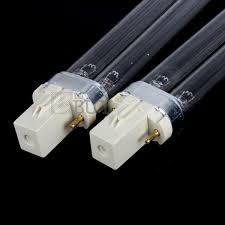
Bulbs have a high output life of 8000 hours, this is as good as near 1 year. In the case where you turn your clarifier off through winter, you obviously extend the use time by however long it was off.
For optimum efficiency manufacturers suggest bulb replacement every 8000 hours, the thing to consider is that at 8000 hours the bulb starts loosing output slowly. Bulb replacement may be prolonged as long as you are satisfied with water clarity.
Cleaning, the outside of the quartz sleeve that houses the bulb is something often missed! This glass tube is the barrier between the electric parts and the water. It allows UV rays to penetrate into the water and kill free floating algae.
Be careful and gentle whilst cleaning. Follow the instructions provided with the filter.
We stock all spares for our brands including, bulbs, quartz sleeves, ‘o’ rings…
Goldfish care
A/S) = August/September
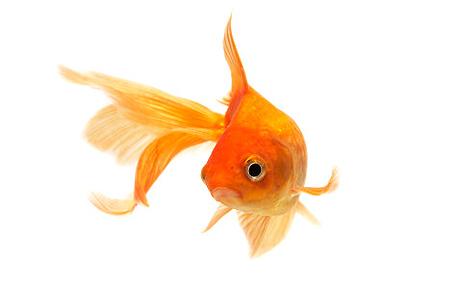
With the odd warmer day poking through from a cold winter, goldfish start to spark into life after many months of little activity.
Two main concerns are in their minds, eating and spawning.
Fish react very distinctively to warm weather, so feeding to accommodate the weather will help you judge if your fish are likely to be hungry?
Remember, feeding daily is fine, however the food must be consumed rapidly, within 3-5 minutes. Do bear in mind the amount of fish in a pond, the more fish in a smaller pond the more competition for food.
Plants and available natural food sources (mosquito larvae, general insects, submerged plants, some water snails) will also affect how much additional fish food is required. Mosquito larvae, general insects, submerged plants, and some water snails will get eaten by goldfish so if you have the pond in a well-established garden there is already a good availability of food about. Compared to a pond in a very formal cleared courtyard, food availability would be limited.
Large deep ponds and ponds well shaded from the sun take longer, in spring, to warm.
Feed according to the scenario.
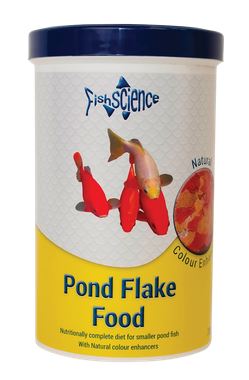
Also with quality ingredient, you are putting less waste load on the pond when the fish has digested the food.
Completing the August chores on your pond means you won't be upsetting the fish at spawning time, or removing eggs or babies by accident.
Please feel free to ask questions of us at Glenbogal, you can send you queries via our website www.glenbogal.co.nz
We believe strongly that a good basic level of water garden knowledge will help anybody get a really fantastic looking water garden or feature.
Also, we have some of the best experts available to answer your questions. These experts supply us with our product and are from around the world and within New Zealand. They are happy to assist with more technical questions on water quality and goldfish health.
Hoping this monthly newsletter provides you with the information needed to make water gardening fun and enjoyable.
Additional information is available on our web-site www.glenbogal.co.nz
Any suggestions that should be added to our website are always gratefully received.
Happy Water gardening…
